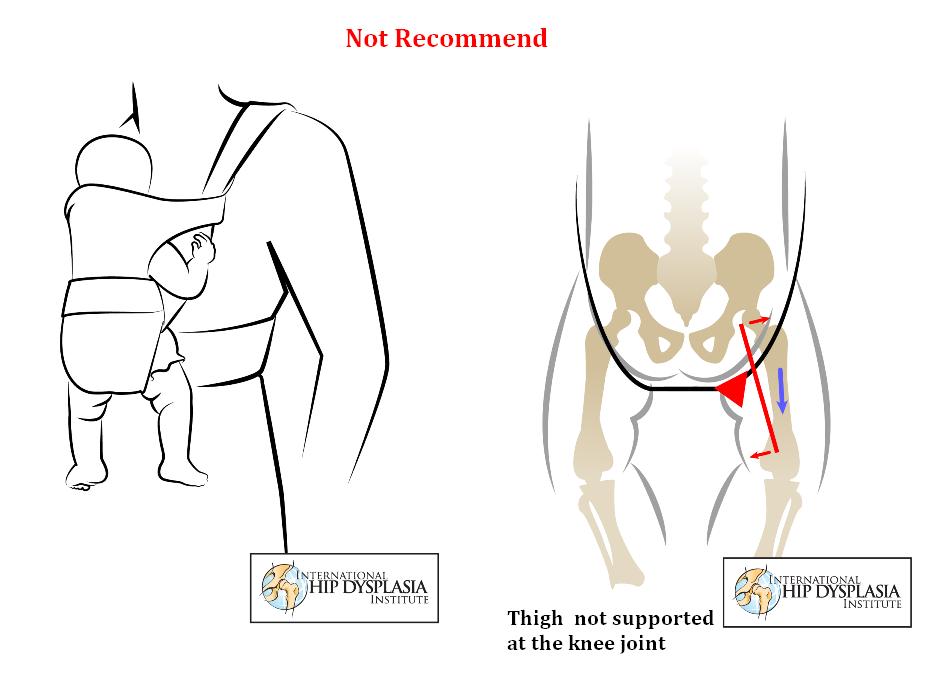Written by Dr. Marcus Wong.
This past week, I have treated a patient who just gave birth to a baby girl, and she asked me several questions regarding infant care and sign/symptoms of concern about infant development of the spine. This got me thinking about my next post for this week, and I believe many new parents out there should be educated about one of the most feared condition regarding infants. This condition is called infant hip dysplasia. Although this condition may occur in adults as well, it is the infant form that is of most concern as this can lead to developmental difficulties. In some severe and late diagnosed cases surgery is required which can lead to permanent disability for the remainder of the child’s life. Therefore, education of this condition and early detection is of most importance for the health of every infant.
Cause of Hip Dysplasia
Lets begin with a basic information about hip dysplasia. Hip dysplasia is an abnormality of development of the hip. There isn’t an exact cause for this in infants, but many experts believe it usually occurs in the developmental stages of children. Although we don’t know the exact reasons for this condition, it is seen that genetics plays a role in this disease, therefore, its more likely to occur in a newborn if their siblings or parents have had this condition before.
Infant hip dysplasia can happen to the child at any time during their childhood. The position of the baby in the mother’s womb can play a role in the incidence of this condition. In a normal position the pressure of the hips are towards the left hip hence increasing likelihood of the condition to the left hip. If the infant was in the breech position there is increased pressure on both hips hence leading to increased chance of this disease.
Hormones of the mother also play a role in this condition as well. Hormones during pregnancy makes the ligaments more lax. Some infants especially females are more sensitive to these hormones making their hip ligaments more loose leading to hip dysplasia.
Lastly, infant bones are more soft than adult bones which makes it easier to change shape or be damaged resulting into hip dysplasia.
Sign and Symptoms
It is very hard to detect hip dysplasia in an infant as it is usually non painful and the child can still develop to walk. A parent can monitor their infant for any of these following signs, and if one suspect anything please contact your family physician immediately. Further examination using ultrasound and x-rays are needed to fully confirm the diagnosis of hip dysplasia. It is better to have your child examine and produce negative results than risking their health later down the road.
1. Examine your child for asymmetrical buttock creases. This can be caused by an abnormal hip formation or dislocation.
2. If your child’s hip produce a clicking sound. Hip clicking can be also due to normal ligament development around the hip joint.
3. There is limited range of motion in the infant’s hips. The first sign can be when the parent tries to change the child’s clothes or diapers, he/she finds it more difficult then before. Do not force the infant into it as it can damage the liagments and/or the hip further more. There should always be a light give in range of motion and not a restriction or huge clunk feeling.
4. As stated before pain is not common in young infants or children, but there are incidences of this symptom in young teenagers.
5. After the child learns to walk, if he/she waddles or a swayback position is observed. This is usually painless as well.
Choosing the correct equipment helps prevent abnormal development of the hips in infants. Different kinds of baby carriers and equipment my interfere with the positioning of the infant’s hips. Many times the child is placed in these carriers/devices for extended periods of time restraining proper movement for the child. Here are some simple pictures from International Hip Dysplasia Institute showing the correct forms which the child should be in when they are using each equipment. This should be used as a guideline only as every child is differently formed. What may work for your friend’s child doesn’t mean will work for yours; as each child is shaped and weighs differently.
Car Seats Selection:



